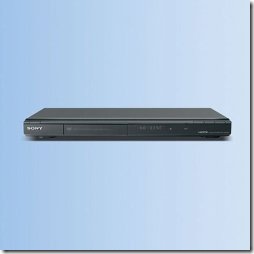Part 1 of a 2 part blog
When video games are mentioned the first thought is typically of the home console, and for good reason. This has been the prevailing market for quite a number of years, and the market is huge. If you go back a few years a lot of people would think of PC game at first. If you go back a decade or two, the mention of a video game would bring to mind an arcade machine. It would seem that the concept of a video game is sticking with our society, even though the physical concept has changed.
Now, let’s take a look at the current home console market. On the surface things are great. Nintendo has penetrated the market deeper than ever with the Wii, hitting a new group of casual gamers. Microsoft’s Xbox 360 has deeply penetrated a market that was previously served by well equipped PCs. Sony’s PS3 has continued to sustain its market quite well, if not its market share from the previous generation.
But with this rosy picture there are numbers that could paint a different picture. The total number of portable game devices is already greater than the home console market, with 108 million installed units versus 57 million. This could be interpreted to show that there is a very addressable market segment that does not, and probably will not, own a home console. This is true for today’s generation, which admittedly is not a direct threat to the home console.
So, if it is not a threat, what is the issue? Well, we have to factor in technological advances, some not as far off as you would think. It may sound odd to talk about a gameboy threatening the home console, after all the playing experience is so much different. On a home theater setup you have Dolby surround, HD screens, and nice controllers, all nicely integrated to an online service. You cannot get that from your DS or PSP.
However, consider the home stereo. We have people with recording collections that would make any serious audiophile of the past green with envy, yet they do not even own a home stereo. Instead these new music lovers have an Ipod, a Zune, or other MP3 player, and they buy a large portion of their music online or move it to their device quickly when physical media is purchased. For home listening the ownership of a dock with speakers is fairly common among these new music lovers. This gives them a more or less quality experience at home with the capability to take it with them. Their music/audio collection becomes a point of identity for a lot of these people, and a surprising number partake of extended uses beyond just music, many branching out to video.
So, what would it take for this shift to happen with Video Games? Well, as I said the technology is not that far off, although it may take a couple generations to be mainstream. The first is storage; a portable game system must contain all of your games in order to be truly convenient. This is a lesson learned early on by Apple with its Ipod, convenience sells. So far we have not had a portable game system with a mass storage device, but the capability is obviously there. As for purchasing games online this is already happening, and fits well into this paradigm. It could be a market just waiting. Already people are loading up their cell phones with much less capable games, so the concept is proven.
Next post will be part 2.
Aloha from the Beach,
greg
 Your collection of DVDs are no longer the cutting edge technology they once were. With the introduction of Blu-ray DVDs, hitting video at 1080p, the original DVD is really starting to show its age. But if you have a decent DVD collection it may be cost prohibitive to replace your entire collection.
Your collection of DVDs are no longer the cutting edge technology they once were. With the introduction of Blu-ray DVDs, hitting video at 1080p, the original DVD is really starting to show its age. But if you have a decent DVD collection it may be cost prohibitive to replace your entire collection.

 I could try to explain what the HD communication product HD26200 is, but a quote from Business Wire sums it up beautifully. The HD26200 is a "complete outdoor wireless network bridge in the 802.11b/g unlicensed 2.4GHz band that sells for only $318."
I could try to explain what the HD communication product HD26200 is, but a quote from Business Wire sums it up beautifully. The HD26200 is a "complete outdoor wireless network bridge in the 802.11b/g unlicensed 2.4GHz band that sells for only $318."
